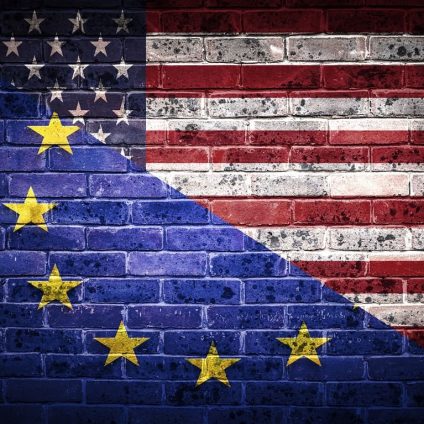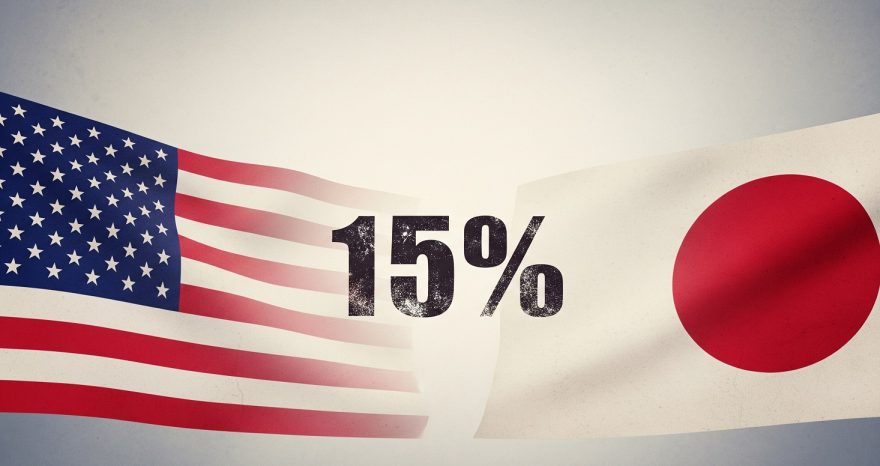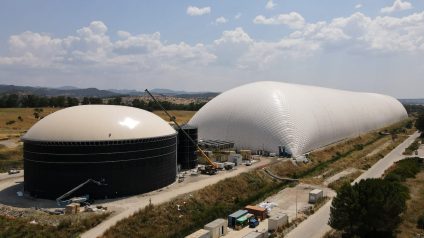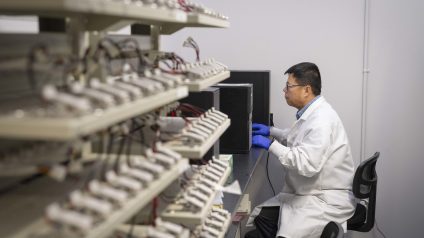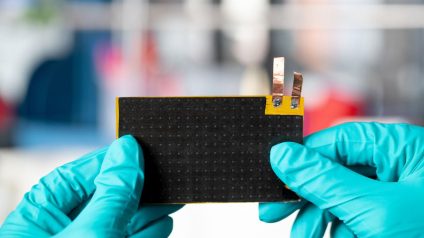The US and EU finalize a 15% tariff agreement, covering key sectors including autos, energy, and pharmaceuticals. Brussels warns: details still to be reviewed.
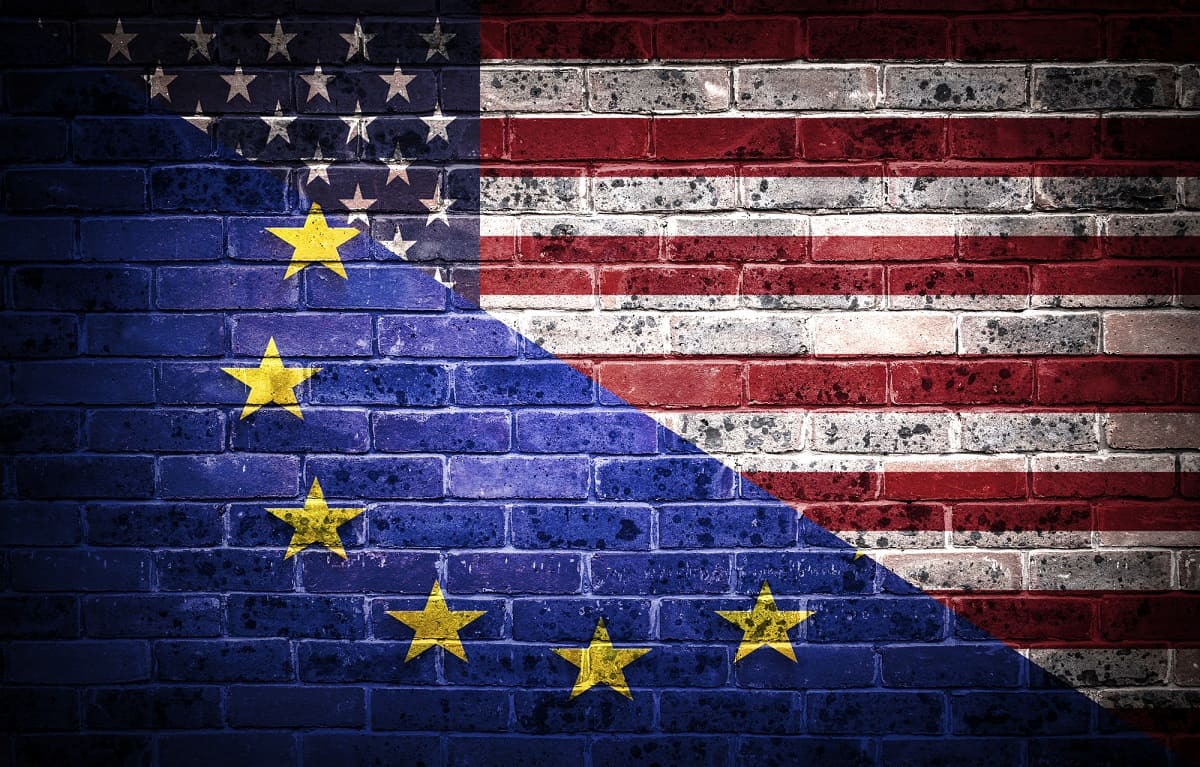
US-EU finalize tariff agreement at 15%
“We’ve reached a deal. I think it’s a good one for everyone, probably the biggest deal ever made, in trade or beyond.” Speaking from Scotland beside European Commission President Ursula von der Leyen, Donald Trump used these words to announce the long-anticipated US-EU tariff deal.
The agreement sets a 15% tariff rate, matching the terms granted to Japan. “The European Union will agree to purchase $750 billion worth of energy from the United States. It will also invest an additional $600 billion in the US,” Trump stated while reading from a memorandum, emphasizing twice the $750 billion figure. “They also agreed to open their markets to zero-tariff trade.”
Meloni: “Sustainable deal, but details matter”
The specifics of the agreement will now need close scrutiny, particularly for European and Italian businesses. Speaking from Addis Ababa, Italian Prime Minister Giorgia Meloni welcomed the outcome. “I believe reaching a deal is positive. I still think a trade escalation would have had unpredictable and potentially devastating consequences,” she said. “A 15% tariff base, if it includes previous average tariffs of 4.8%, is in my view sustainable. But the details matter. It’s crucial to ensure that sensitive sectors like pharmaceuticals and automotive are covered within that 15%. We also need to examine possible exemptions, such as for some agricultural products.”
Energy commitments under review
On the energy front, Meloni was cautious about the figures highlighted by Trump. “When it comes to gas purchases and investment volumes, I can’t assess them until I have clear data,” she said.
From Italy, Deputy Prime Ministers Antonio Tajani and Matteo Salvini echoed a broader institutional stance: “We are continuing to work in Brussels to strengthen the single market, simplify regulations, cut red tape, diversify trade relations, and reduce dependencies. At the national level, we are ready to introduce support measures, but we also call for EU-wide tools for sectors heavily affected by US tariff policies.”
The work on trade diplomacy, they noted, is far from over.
Tariffs tripled since pre-Trump era
Japan received the same 15% rate as the EU, but the UK secured a 10% rate, 5 points lower than Europe. For the EU, the new agreement marks a threefold increase from the pre-Trump era average of 4.8%.
Von der Leyen, speaking to the press, acknowledged the 15% rate on cars was “the best we could get… This rate applies to most sectors, including cars, semiconductors, and pharmaceuticals. It offers clarity for our citizens and businesses, which is absolutely crucial.”
Sector-by-sector breakdown of the US-EU tariff deal
Steel and aluminum: No concessions. Tariffs remain at 50% for industrial metals.
Automotive: Tariffs cut from 27.5% to 15%, covering the entire supply chain. This is a critical win for continental exports.
Agrifood: The flat 15% rate extends to agriculture, absorbing pre-existing tariffs. Wine, unless exempted, may see an increase from the current 2.5%.
Pharmaceuticals and semiconductors: A 15% tariff applies to both sectors. However, no commitment to progressive reductions was made.
Exemptions: Zero tariffs for civil aviation technology, advanced robotics, and industrial machinery.
Cautious welcome from Europe’s auto sector
“The US-EU tariff deal is an important step toward easing the uncertainty that has weighed on transatlantic trade relations in recent months,” said Sigrid de Vries, director general of the European Automobile Manufacturers’ Association (ACEA). However, her tone was cautious: “The US will maintain higher tariffs on cars and components, which will continue to negatively affect both EU and US industries.”
ACEA said it will carefully analyze the deal’s full details once published and assess the implications for European auto manufacturing.


